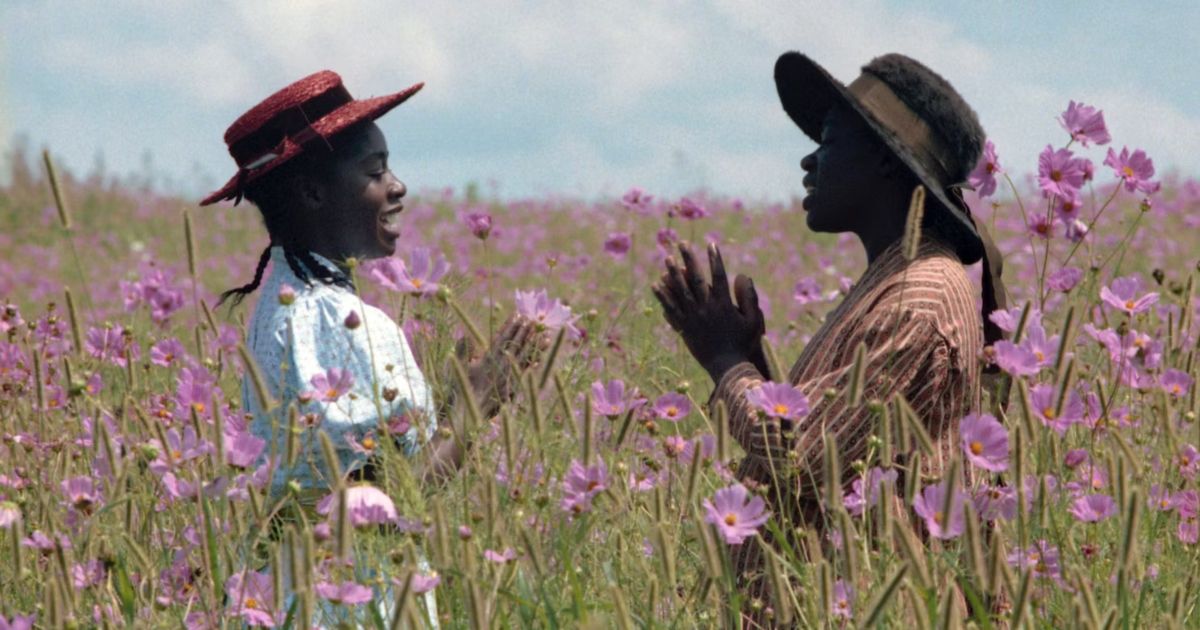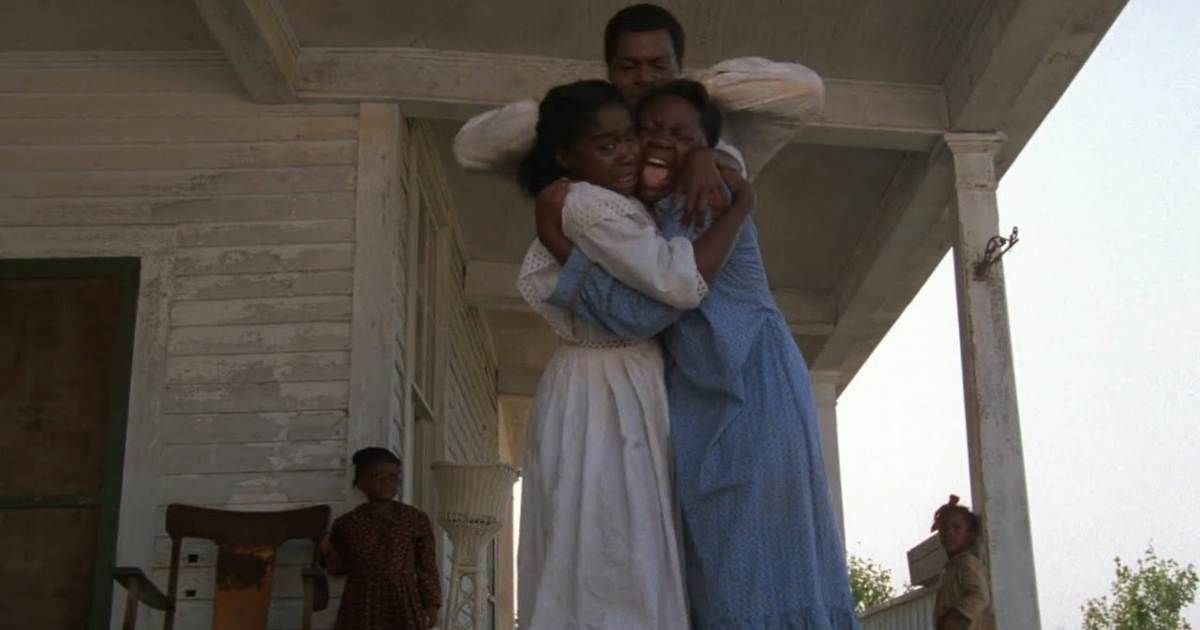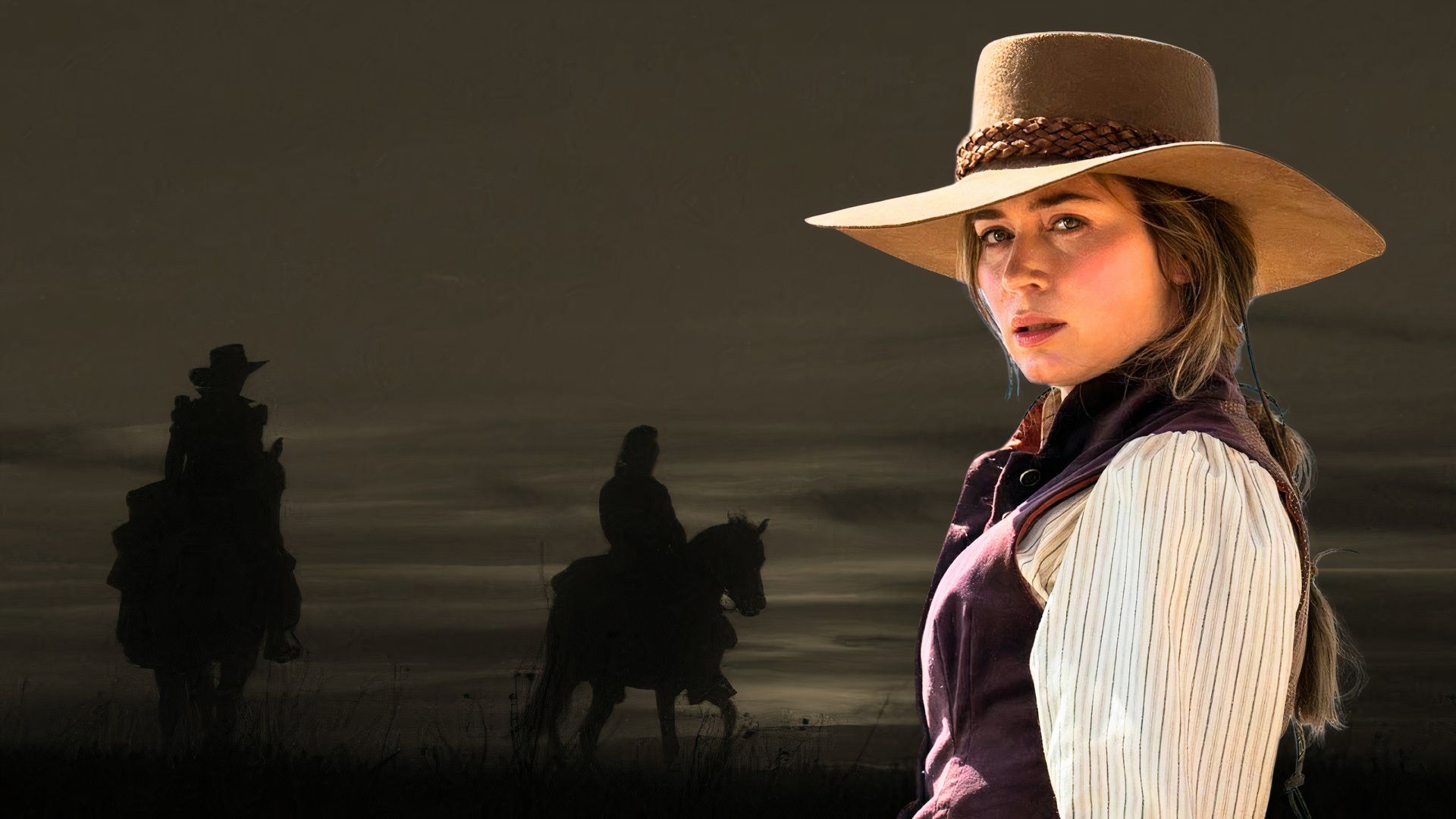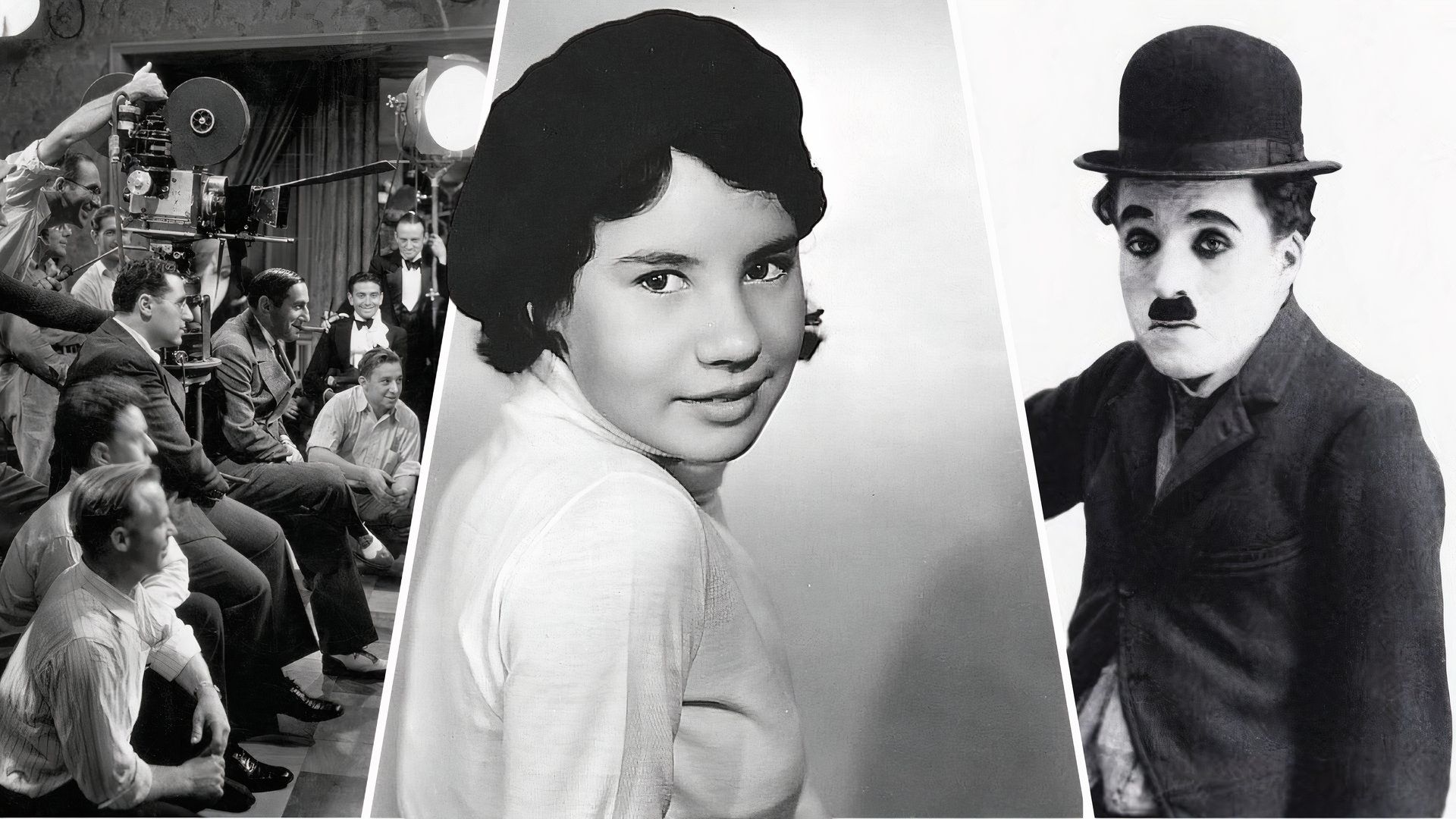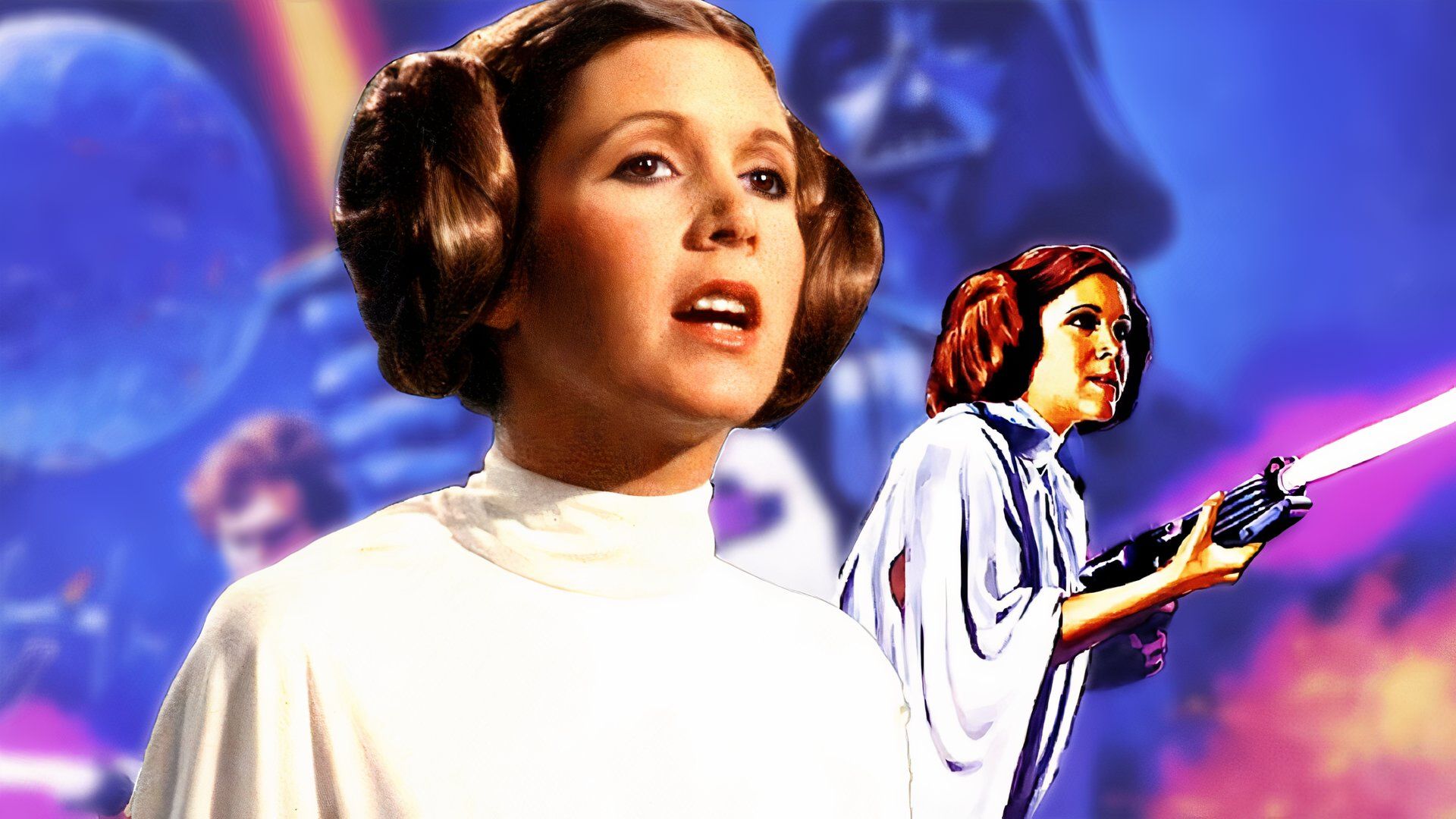In the world of cinema, certain films go beyond their time, leaving an enduring impact on audiences. The Color Purple, directed by Steven Spielberg and adapted from Alice Walker’s acclaimed novel of the same name, is undeniably one of these timeless classics. Since its 1985 release, the film has continued to captivate, garner critical praise, and ignite discussions about love, resilience, and the human experience. But what sets The Color Purple apart in cinematic history?
What were the key decisions that transformed it into a cinematic masterpiece? In this article, we’ll delve into why bringing The Color Purple to the screen was not merely a good choice but a stroke of brilliance. From its gripping narrative and exceptional cast to the preservation of historical architecture and the collaborative efforts of local communities, The Color Purple stands as a testament to the art of storytelling and the enchantment of cinema. Join us as we explore the unique facets that make this film an enduring cinematic treasure.
10 A Timeless Story
At the heart of every great film lies a captivating narrative, and The Color Purple boasts a storyline that transcends generations. Set in the early 20th century South, the story follows the life of Celie Harris, portrayed by the remarkable Whoopi Goldberg, as she navigates the trials and tribulations of a harsh and unforgiving world. From the brutality of her circumstances to the transformative power of her relationships with strong, resilient women like Sofia (played by Oprah Winfrey) and Shug Avery (portrayed by Margaret Avery), The Color Purple explores the human spirit’s capacity to triumph over adversity.
What makes this narrative timeless are its universal themes. Love, redemption, self-discovery, and the enduring bonds of sisterhood are elements that know no temporal boundaries. As we watch Celie’s journey unfold on screen, we are reminded that the struggles and triumphs of the human condition remain constant, regardless of the era in which they occur.
The Color Purple serves as a poignant reminder that great storytelling is, at its core, an exploration of our shared humanity. It invites us to reflect on our own lives and the power of resilience and love in the face of adversity. This timeless story, brilliantly adapted for the screen, is a testament to the enduring power of narrative to touch our hearts and inspire our souls.
9 A Stellar Ensemble Cast
The Color Purple boasts an exceptional ensemble cast that elevates the film to extraordinary heights. At the forefront is Whoopi Goldberg, who delivers a transformative performance as Celie Harris, showcasing her remarkable acting prowess. Oprah Winfrey, in her debut film role as Sofia, adds strength and depth to the narrative, earning an Academy Award nomination. Margaret Avery’s portrayal of Shug Avery brings charisma and complexity to the character, contributing significantly to the film’s emotional depth.
These three actresses, supported by a talented ensemble, create a powerful on-screen chemistry that immerses the audience in Celie’s world. The cast’s dedication to their roles, coupled with their ability to evoke genuine emotion, allows viewers to connect deeply with the characters. Their exceptional performances are a cornerstone of why bringing The Color Purple to the screen was a brilliant decision, leaving an indelible mark on the film’s legacy.
8 Authenticity & Atmosphere
Authenticity in a film’s setting can transport audiences to a different time and place, and The Color Purple took this to heart. While the novel was rooted in Alice Walker’s childhood home of Eatonton, Georgia, the filmmakers made strategic choices that contributed to the film’s remarkable authenticity. Filming primarily took place in James C. Bennett’s house, nestled in Lilesville, Anson County, and Union County, North Carolina, during the summer months.
These locations provided the ideal backdrop for capturing the rural life and small-town atmosphere of the early 20th century South. To add to the film’s immersive atmosphere, sets were meticulously constructed at an Antebellum-era plantation outside Wadesboro, enhancing the visual splendor and historical accuracy. The town of Marshville played a vital role, with its paved roads temporarily transformed into mud and clay to authentically match the early 20th-century setting. Remarkably, the church featured in the film was a real 60-year-old Baptist chapel, relocated piece by piece from its original location. This painstaking effort ensured that the church scenes resonated with historical and architectural authenticity.
Despite the summer heat, the production team ingeniously crafted winter sequences with fabricated snow, maintaining continuity and adding to the film’s immersive quality. Additionally, The Color Purple ventured beyond North Carolina. Some scenes were filmed on the Universal Studios Hollywood backlot, adding further layers of detail to the narrative. A second unit, led by Frank Marshall, even traveled to Kenya to capture scenes in Nairobi and the Maasai regions, adding an international dimension to the film’s tapestry.
In choosing such authentic and diverse locations, The Color Purple achieved a remarkable level of visual and atmospheric fidelity. The commitment to preserving historical accuracy and embracing diverse settings allowed the film to capture the essence of the story, transporting audiences to a different time and place, and making it a brilliant decision in the realm of cinema.
7 Showcasing North Carolina’s Diversity
North Carolina, with its diverse landscapes and rich cultural tapestry, served as an ideal canvas for The Color Purple. Beyond its historical authenticity, the choice of North Carolina as a filming location allowed the film to showcase the state’s vibrant diversity, adding depth and richness to the narrative. The decision to film in various North Carolinian locales highlighted the state’s multifaceted character. From the picturesque rural landscapes around Lilesville in Anson County to the quaint towns of Union County, the film embraced the state’s rural charm while capturing the essence of the early 20th-century South.
The Antebellum-era plantation outside Wadesboro, meticulously chosen for its historical accuracy, not only provided an authentic setting but also celebrated North Carolina’s architectural heritage. It showcased the grandeur of a bygone era, adding depth to the film’s visual appeal.
The town of Marshville, with its transformation of paved roads to mud and clay, exemplified the commitment to detail that brought North Carolina’s diverse settings to life. This dedication to authenticity paid homage to the state’s rural history, providing a stunning backdrop for the narrative. In choosing North Carolina as a central filming location, “The Color Purple” not only paid homage to the state’s varied landscapes but also celebrated its diverse cultural and historical facets. This deliberate embrace of North Carolina’s diversity added depth and authenticity to the film’s narrative, making it a brilliant decision that extended beyond the boundaries of the screen.
6 Spielberg’s Directorial Brilliance
The Color Purple benefited immensely from the directorial brilliance of Steven Spielberg, a renowned filmmaker known for his versatility. Spielberg’s ability to transition from blockbuster spectacles to intimate, emotionally charged narratives was evident in this film. Under his guidance, the ensemble cast delivered standout performances that continue to resonate with audiences. Spielberg’s meticulous attention to historical accuracy, combined with striking cinematography, created a visually stunning and emotionally evocative experience.
His skill in handling delicate themes like race, gender, and abuse allowed the film to explore these issues with sensitivity and depth, sparking important conversations. Spielberg’s direction in The Color Purple is a testament to his ability to craft a moving and thought-provoking cinematic masterpiece, making it a brilliant decision in the world of cinema.
5 Tackling Tough Themes
The Color Purple fearlessly explores challenging themes like racism, sexism, abuse, and resilience under Spielberg’s direction. These profound issues are handled with sensitivity, provoking thought and sparking essential conversations. The film’s portrayal of Celie’s journey from oppression to self-discovery challenges gender norms, while its depiction of racism highlights the struggle for equality and the power of community bonds.
Addressing both physical and emotional abuse, the film’s honest exploration resonates with viewers, celebrating the characters’ path towards healing and empowerment. Spielberg’s direction allows The Color Purple to transcend entertainment, becoming a catalyst for vital discussions about social injustice and the indomitable human spirit. His ability to navigate these complex themes with depth and sensitivity adds to the film’s enduring legacy.
4 Celebrating Diversity
In its plot and behind-the-scenes, The Color Purple is a celebration of diversity in its purest form. The movie’s dedication to showcasing a variety of voices and perspectives gives its narrative depth and authenticity. The heart of the movie is a broad ensemble cast that faithfully represents people from many backgrounds. The movie displays an intricate web of human experiences and backgrounds, from Celie’s quest of self-discovery to the dynamic personalities of Sofia and Shug Avery.
Additionally, The Color Purple highlights the importance diversity of voices in cinema. The combination of Alice Walker’s source material, the narrative of the Black community, and the artistic vision of renowned Jewish director Steven Spielberg is a powerful example of the universality of storytelling.
3 Memorable Music & Score
A film’s soundtrack can be a powerful emotional force, and The Color Purple is no exception. The music and score of this cinematic gem add a layer of depth and resonance to the narrative, elevating the viewing experience to new heights. The music and score of The Color Purple are more than mere accompaniments; they are an integral part of the storytelling. They amplify the film’s emotional impact, allowing viewers to connect with the characters on a profound level and enhancing the overall cinematic experience.
Composed by the legendary Quincy Jones, the film’s musical score is a masterpiece in its own right. Jones’ ability to craft melodies that perfectly complement the film’s emotional arcs is nothing short of extraordinary. His score weaves seamlessly through the story, enhancing the film’s dramatic moments and underscoring its poignant themes.
2 The Film’s Enduring Legacy
The Color Purple transcends the boundaries of cinema to become a cultural touchstone with a profound impact on society. From its release to the present day, the film has left an indelible mark on culture and continues to shape conversations and inspire change. Upon its release in 1985, the film sparked important discussions about race, gender, and power dynamics. It challenged societal norms and brought critical issues to the forefront, prompting audiences to confront uncomfortable truths and fostering empathy.
The Color Purple resonated with viewers from diverse backgrounds, offering a universal message of hope and resilience. Its portrayal of strong, complex Black women challenged stereotypes and empowered marginalized communities. The film’s cultural impact extended beyond the screen. It inspired a resurgence of interest in Alice Walker’s novel, reinforcing the importance of literature as a tool for social change.
1 A Must-Watch for Generations
Beyond its immediate cultural impact, the film’s enduring legacy is a testament to its ability to inspire change and provoke thought. It continues to be studied in academic settings, serving as a valuable resource for discussions on social issues, feminism, and Black literature and cinema.
In the world of cinema, the film served as a trailblazer, pushing boundaries and encouraging greater diversity and representation. It demonstrated the potential for powerful storytelling that challenges conventions, inspiring filmmakers to tackle tough themes and celebrate the richness of diversity in storytelling. As an upcoming remake, The Color Purple musical is poised to reintroduce the story’s timeless messages of empowerment and resilience to a new generation of theatergoers.
